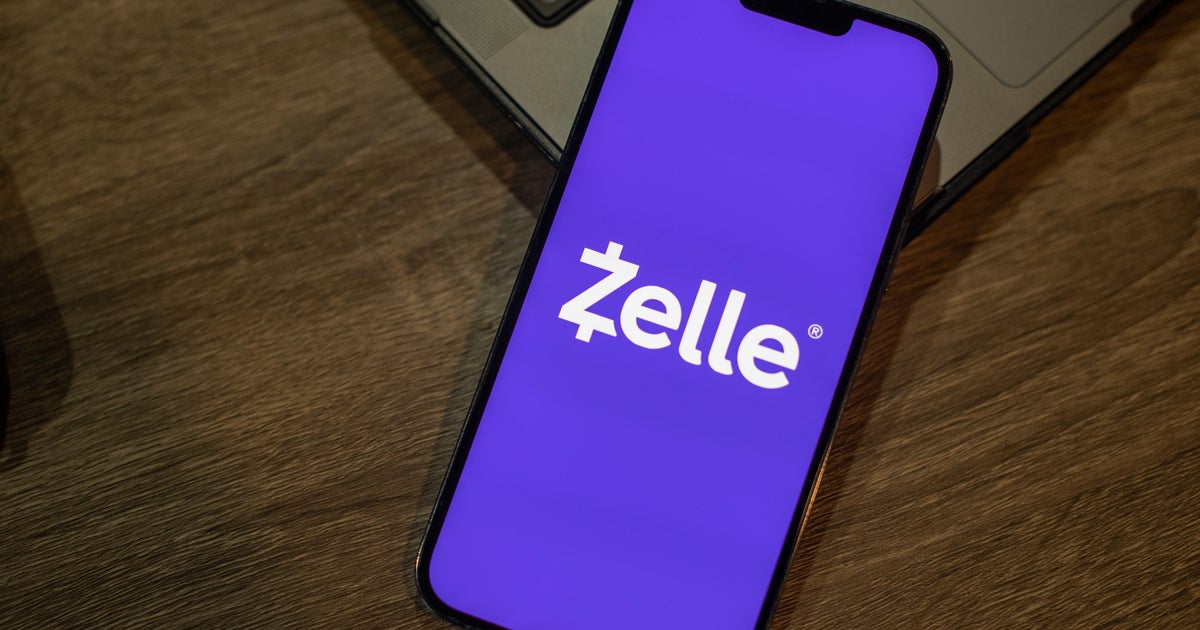SpaceX launches Falcon 9 rocket carrying Israeli satellite, 3 years after explosion destroyed first one
Three years after a spectacular on-pad explosion that destroyed an Israeli communications satellite, SpaceX launched a Falcon 9 rocket Tuesday evening that successfully boosted a follow-on AMOS relay station into orbit to provide broadcast, broadband and high-speed data services across Africa.
Waiting out stormy afternoon weather, 229-foot-tall Falcon 9, using a twice-flown first stage, roared to life at 7:23 p.m. EDT and shot away from pad 40 at the Cape Canaveral Air Force Station, climbing through a partly cloud sky and disappearing from view along a due-east trajectory.
Launch was originally planned for Saturday, but the flight was delayed to replace a suspect valve in the first stage and to re-test the rocket's engines. After a 30-minute weather delay Tuesday, mission managers cleared the rocket for flight and the climb to space went smoothly.
While SpaceX normally attempts to recover its first stage boosters, either on shore or at sea using droneships, the AMOS-17 launch used all of the booster's available propellant, ruling out a landing attempt. But a SpaceX recovery ship did manage to catch part of the protective nose fairing as it descended under a bright orange parachute, a feat the California rocket builder is working to perfect.
The primary goal of the mission was to put the $250 million AMOS-17 satellite into the planned elliptical "transfer" orbit and the Falcon 9 did just that. After two firings of the rocket's second stage engine, the communications satellite was released to fly on its own about 32 minutes after liftoff.
From there, on-board thrusters will be used to circularize the orbit at an altitude of 22,300 miles above the equator. At that height, satellites take 24 hours to complete one orbit and appear stationary to users on the ground.
AMOS-17 represents SpaceX's second launch contract with Tel Aviv-based Spacecom, coming in the wake of a dramatic explosion Sept. 1, 2016, during a pre-flight test that destroyed the Israeli company's $200 million AMOS-6 satellite.
The spectacular, widely-viewed mishap occurred a few minutes before the planned test firing of the Falcon 9's first stage engines. An exhaustive investigation blamed the explosive conflagration on the sudden rupture of a high-pressure helium tank immersed in the second stage liquid oxygen reservoir.
"We had a design to service Africa with AMOS-6," David Pollack, Spacecom CEO, told reporters last week. "We had a pre-launch contract with Facebook, and we were going together to serve Africa ... It all was exploded, and I'm very sorry for that. It was a significant setback for us."
But AMOS-6 was insured, he said, and "they paid everything to the satisfaction of our borrowers. So from that regard we were OK. The markets supported us."
The decision to book a second flight with SpaceX was made like any other, Pollack said, starting from scratch with an analysis of the launcher's flight record, projected costs and other factors.
"If you go back from then until now, (SpaceX has) a very perfect history of launches," he said. "I believe they are doing a very good job. So (the mishap) was very unfortunate for us, but it was not a good reason enough not to look at the situation from scratch and decide which is the right launcher for us and hope that the lightning doesn't hit again."
He would not discuss details of the AMOS-17 contract with SpaceX, whether Spacecom got a discount or any other consideration, saying only "we had long discussions. At the end of the day, we agreed on the terms of this launch."
Stationed 22,300 miles above central Africa, the Boeing-built AMOS-17 satellite will support a variety of communications services, including high-speed C-band coverage, steerable Ka-band coverage from China to Brazil and Ku-band coverage across Africa and parts of Europe, the Middle East, India and China.
The 14,330-pound satellite has an expected orbital lifetime of 20 years.
"This satellite cost us about $250 million in orbit," Pollack said. "We hope to recover (that cost) ... in about six or seven years. And then, because it's 20 years, we have hopefully a long life to make profit."





